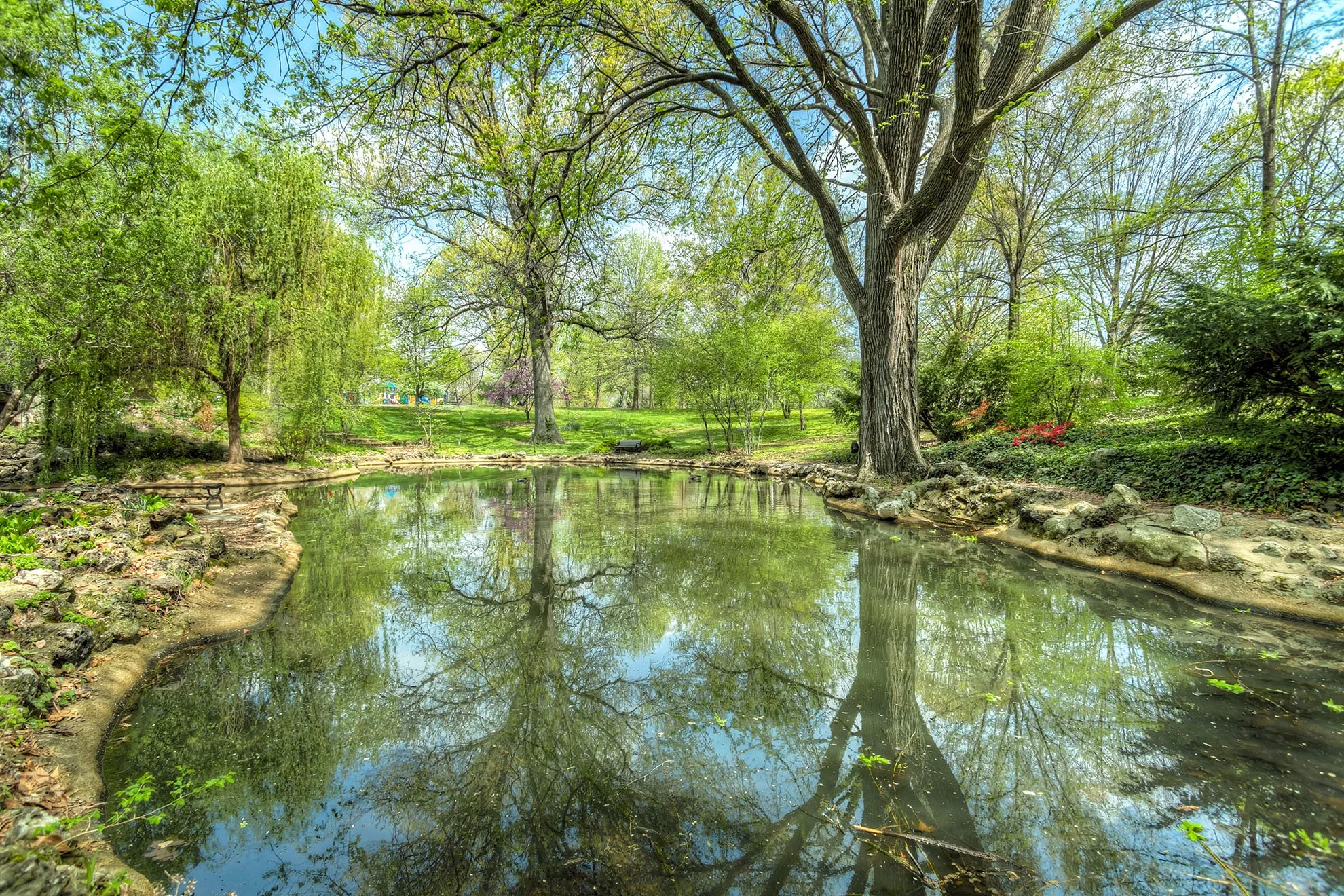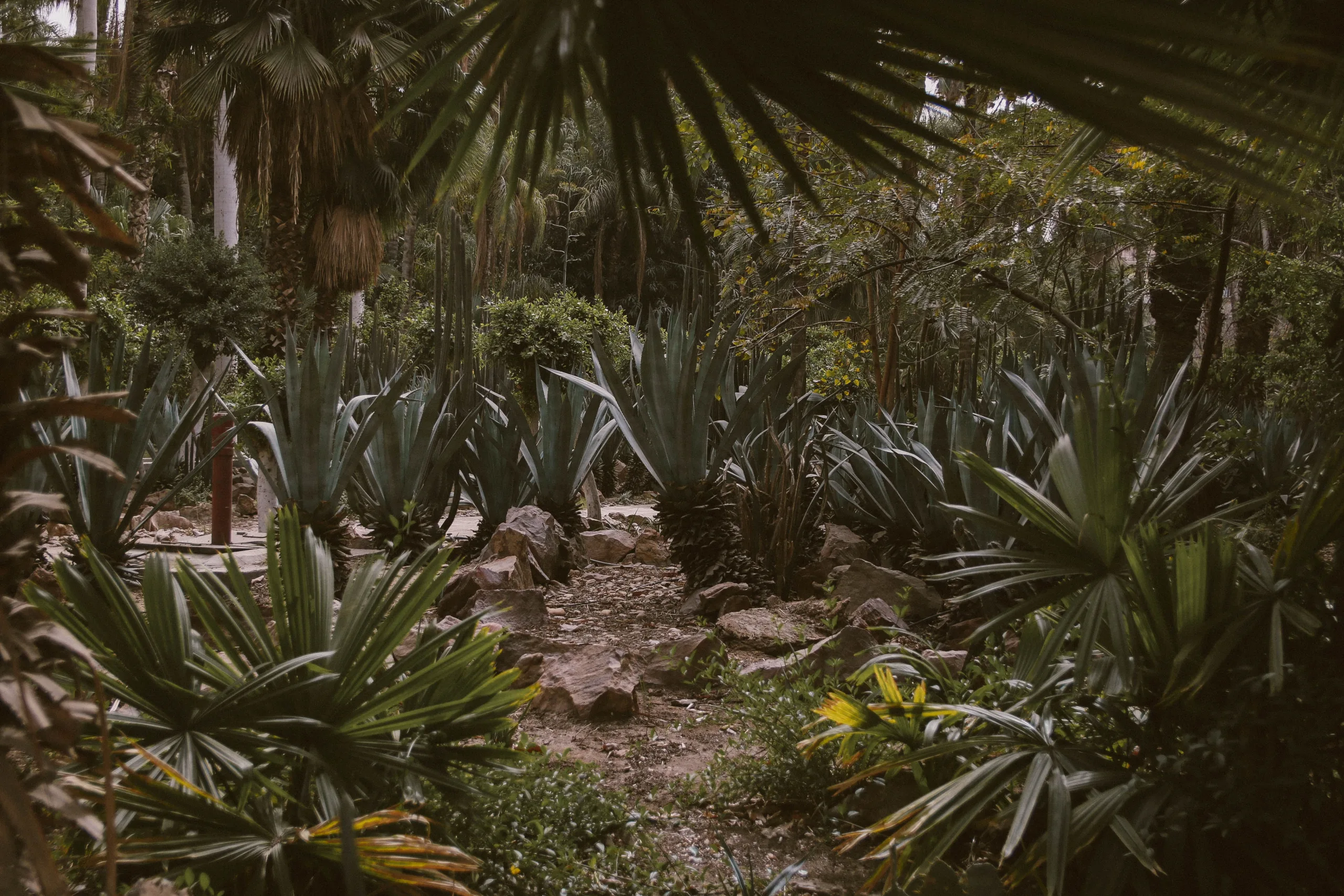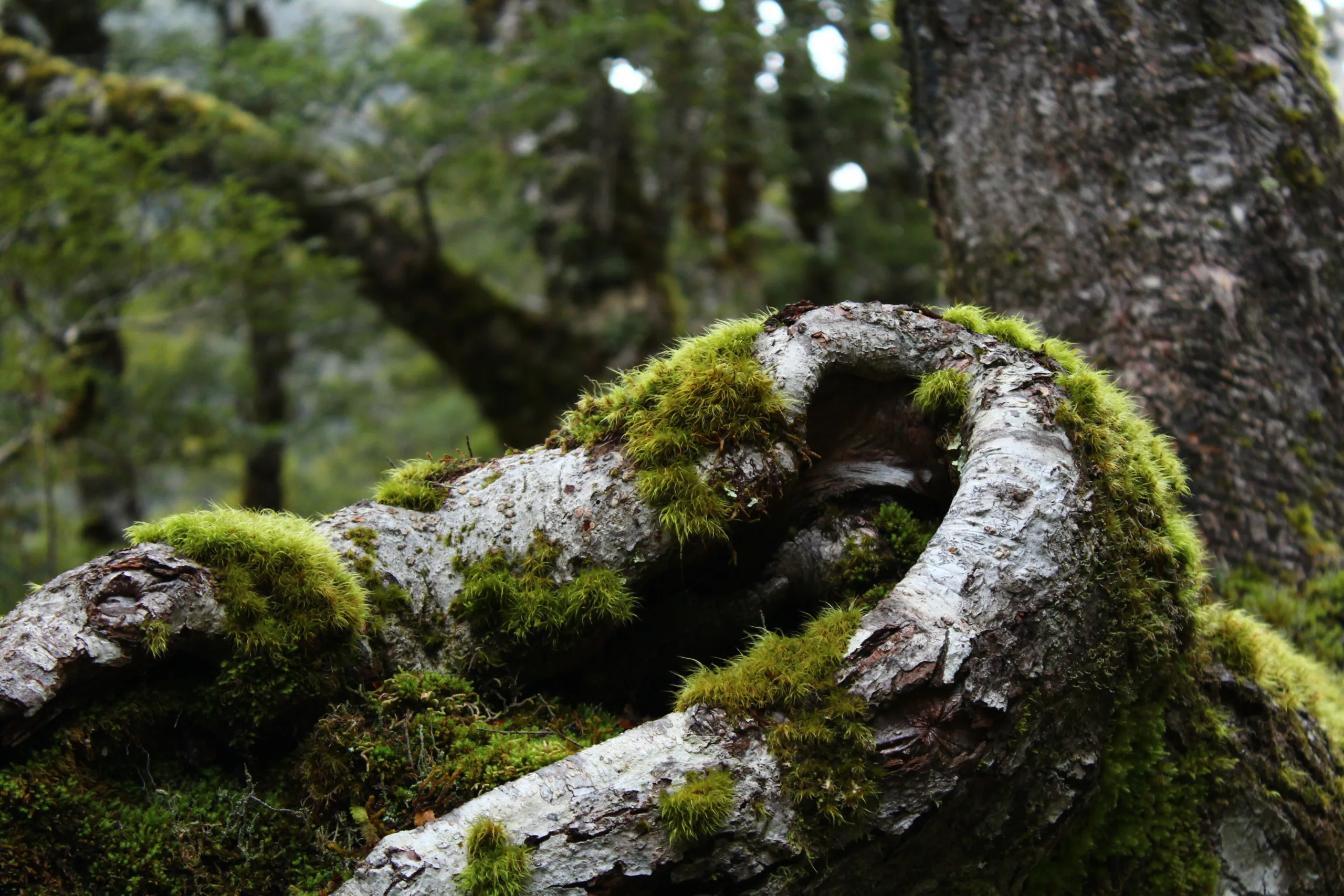Trees are essential for a healthy environment and can help absorb excess water in your yard. From stormwater runoff to large puddles, trees are an excellent way to soak up water and protect your property from flooding.
But which trees are best for soaking up water? Knowing which types of trees to plant will help you protect your home from floods, save money on water bills, and reduce the risk of landslides and other natural disasters. In this article, we’ll explore the best trees to plant to soak up water so you can make an informed decision when selecting a tree for your yard.
The best trees to plant to soak up water in yards are trees that have deep roots, such as willow, silver maple, and cottonwood. These trees are known for their ability to absorb large amounts of water and help keep soil moist. They can also provide shade and cooling effects for your yard.
The Benefits Of Planting Trees To Absorb Water
Planting trees can help absorb excess water from the ground and help to avoid flooding. Trees absorb water from the ground and help to regulate the water cycle. They also act as a buffer against high winds, which can prevent soil erosion. Trees can also help to reduce temperatures in urban areas, providing shade for people and animals.
Trees act as natural filters for pollutants that are present in the air and water. They absorb carbon dioxide from the atmosphere, helping to reduce air pollution levels. Trees also provide a habitat for wildlife, providing food and shelter for many species of animals and birds. Furthermore, trees provide a source of oxygen, which is essential for life on earth.
In addition to their environmental benefits, trees can also add aesthetic value to an area. They can provide visual interest and shade, making an area more attractive and inviting. Planting trees can also improve property values by increasing the beauty of a neighborhood or city.
Finally, planting trees can help conserve energy by reducing the need for air conditioning in hot weather. Trees act as natural air conditioners by providing shade from direct sunlight and cooling down temperatures during hot summer months. Planting trees is an important part of any city’s sustainability plan, helping to reduce energy costs while contributing to a healthier environment overall.
In conclusion, planting trees offers numerous benefits in terms of absorbing water, reducing pollution levels, conserving energy and improving aesthetics in urban areas. It is an important part of any city’s sustainability plan and should be encouraged whenever possible.
Fast Growing Trees To Help With Water Retention
There are many different types of trees that can help with water retention, and they can be used in both residential and commercial settings. These trees can help reduce runoff, increase infiltration, capture sediment, and hold moisture in the soil. The most common types of fast growing trees to help with water retention are willows, poplars, maples, oaks, pines, and cypresses. All of these trees have long tap roots that can absorb more water than other trees.
Willows are one of the best trees for water retention because their roots grow quickly and deeply into the soil. They also have a high capacity for collecting and storing moisture in their foliage. Poplars are another great choice for water retention due to their deep root systems that spread out widely to capture more water and prevent runoff. Maples are also great because they have wide root systems that absorb a lot of water quickly.
Oaks are great for water retention because they have deep roots that grow quickly and hold a lot of moisture in the soil. Pines are also good at capturing and storing moisture due to their deep tap root systems. Finally, cypresses are good at absorbing a lot of water due to their dense foliage which helps retain moisture in the soil beneath them.
Each of these fast-growing trees provides numerous benefits when it comes to helping with water retention. Not only do they absorb more water than other tree species but they also create a healthier environment by providing shade and reducing runoff into nearby streams or rivers. Furthermore, these trees can reduce erosion by capturing sediment before it reaches nearby waterways which is beneficial for both wildlife and humans alike.
Overall, fast growing trees like willows, poplars, maples, oaks, pines, and cypresses can provide significant benefits when it comes to helping with water retention. They all offer unique advantages that make them ideal for various applications such as reducing runoff into nearby rivers or streams or absorbing excess moisture from saturated soils. Therefore if you’re looking for an effective way to improve your local environment then these fast-growing trees could be the perfect solution!
Types Of Trees That Are Good At Absorbing Water
Trees are essential for our environment and they help to keep the water cycle in balance. They absorb water through their roots and then release it into the atmosphere through transpiration. Some trees are better at absorbing water than others, so it is important to choose the right type of tree for your landscape.
One of the best trees for absorbing water is the willow tree. Willows have a deep, wide-reaching root system that can absorb large amounts of water from the ground. They also transpire more than most other trees, meaning that they release more moisture into the air. These qualities make willows an ideal choice for areas prone to flooding or drought.
Another good tree for absorbing water is the hybrid poplar tree. These trees have a fast-growing root system that can quickly absorb large amounts of water from the soil. They also have a high transpiration rate, which helps to keep their leaves cool on hot days and release moisture into the air around them. Hybrid poplars are often used in landscaping projects as well as along rivers and streams to help reduce flooding risk.
The bald cypress tree is another great choice for areas with poor drainage or frequent flooding. These trees have an extensive root system that can quickly absorb large amounts of water from the ground and allow it to be slowly released back into the environment. The bald cypress also has a high transpiration rate, meaning that it releases more moisture into the air than other trees do, helping to keep nearby areas cool in hot weather.
Finally, redwoods are excellent at absorbing both surface and subsurface water from their surroundings thanks to their shallow but wide-spreading root systems. Redwoods also have high transpiration rates which help them release more moisture into their environment than other types of trees do, making them ideal for hot climates or areas with poor drainage conditions.
Overall, choosing trees with deep root systems and high transpiration rates can help you make sure your landscape is able to absorb and release large amounts of water efficiently and effectively. Whether you’re looking to prevent floods or just keep your lawn healthy during dry spells, these types of trees can be great additions to your landscape!
How Long Does It Take For A Tree To Soak Up Water?
Tree roots absorb water from the soil and transport it to the rest of the plant, providing essential nutrients and moisture. The rate at which a tree absorbs water depends on several factors, including the size and type of tree, soil composition, temperature, and humidity. Generally speaking, it may take anywhere from a few minutes to several hours for a tree to soak up enough water to be satisfied.
The amount of time it takes for a tree to absorb water is largely determined by the type of tree. Trees with deep root systems typically take longer to absorb water than those with shallow root systems. For example, conifers like pine trees have deeper root systems than deciduous trees like maple trees. This means that pine trees may take longer to soak up enough water than maple trees.
The composition of the soil also affects how quickly a tree can soak up water. Soil with good drainage will allow for faster absorption since it has more air spaces that allow for greater circulation of oxygen and moisture. Heavy clay soils tend to be slower at absorbing water since they lack these air spaces and are more dense than other types of soils.
Temperature also plays an important role in how quickly a tree can absorb water. During hot weather, trees need more water as they lose moisture through their leaves due to evaporation. On hot days, it may take longer for a tree to soak up enough water as compared to cooler days when evaporation rates are lower. Similarly, higher humidity levels can slow down the absorption process since there is already more moisture in the air and less available in the soil for uptake by the roots.
In conclusion, how long it takes for a tree to soak up enough water depends on various factors such as the type and size of the tree, composition of soil, temperature, and humidity levels. Generally speaking, it can take anywhere from a few minutes to several hours for a tree to be fully satisfied with its intake of water.

What Are The Best Trees For Rainwater Collection?
Rainwater collection is becoming an increasingly popular way to conserve water and reduce water bills. Trees are a great way to collect rainwater, as their leaves and branches act as a natural filter for the rain. But not all trees are suitable for rainwater collection. The best trees for collecting rainwater need to be fast-growing, hardy, and able to withstand wet conditions. Here are some of the best trees for rainwater collection:
Oak trees are excellent choices for collecting rainwater due to their hardiness and large size. They can grow very quickly in most climates and can withstand wet conditions with ease. Oak trees also have deep root systems that help absorb more water than other tree species, making them ideal for rainwater collection.
Willow trees are also great for collecting rainwater due to their ability to withstand both wet and dry conditions. They can grow quickly in most climates and have deep root systems that help absorb more water than other tree species. In addition, willow trees have large leaves that act as natural filters, helping to clean the collected water before it is stored in a barrel or other container.
Cypress trees are another excellent choice for collecting rainwater. They have deep root systems that help absorb more water than other tree species, making them ideal for storing large amounts of collected water. Cypress trees can also tolerate both wet and dry conditions and can provide shade during hot months when there is less rainfall available.
Finally, maple trees are great choices for collecting rainwater due to their hardiness and ability to tolerate both wet and dry conditions. Maple trees also have dense foliage that helps filter out pollutants from the collected water before it is stored in a barrel or other container.
In conclusion, oak, willow, cypress, and maple trees are some of the best choices for collecting rainwater due to their hardiness, fast growth rate, deep root systems, large leaves or dense foliage which act as natural filters, and ability to tolerate both wet and dry conditions. By planting these types of trees around your home or property you can create an effective system of harvesting clean drinking water from rainfall without having to invest in expensive filtration equipment or pay costly bills each month!
Selecting The Right Tree For Rainwater Harvesting
Rainwater harvesting is a great way to conserve water and utilize it for a variety of useful purposes. However, to make this process most effective, selecting the right tree for rainwater harvesting is essential. Different trees have different characteristics and choosing the right one will help you make optimal use of the rainwater.
The first step in selecting a tree for rainwater harvesting is to identify the purpose of the tree. Trees are used in various ways such as providing shade, creating windbreaks, providing food and shelter for wildlife, enhancing soil fertility, and controlling runoff. Depending on your needs, you should select the appropriate tree species.
Another factor to consider is the size and type of tree you need. Trees come in different sizes and shapes depending on their species. Small trees are ideal for small gardens while larger trees are more suitable for larger spaces. Additionally, some trees have leaves that drop off seasonally while others remain evergreen throughout the year.
The location of your tree is also important when it comes to rainwater harvesting. Trees planted near roofs can collect significant amounts of water from roof runoff while those planted further away cannot do so effectively. Additionally, trees planted near bodies of water can help slow down water runoff thereby reducing erosion.
Finally, it’s important to understand how much space you need for your selected tree species before planting it. Larger trees require more space while smaller ones may fit into tighter areas but may not be as effective in collecting rainwater as larger ones due to their limited leaf area.
By understanding these factors and selecting the right tree species for your needs, you can maximize your rainwater harvesting efforts and ensure that you get maximum benefit from it.
Proper Tree Selection
The first factor to consider when planting trees for soil retention is proper tree selection. When selecting a tree, it is important to consider its root system as this will play a large role in the amount of soil it can retain. Deep-rooted trees are best suited for soil retention as they can penetrate deeper into the ground and anchor the soil more effectively. It is also important to consider the size and type of tree that will be planted, as different trees require different amounts of space and nutrients.
Location
The location of where the tree will be planted is also an important factor to consider when planting trees for soil retention. It is important to select a spot that has adequate drainage, as standing water can cause erosion and reduce the amount of soil a tree can retain. Additionally, it is important to ensure that the selected location has access to sunlight and adequate amounts of nutrients.
Mulch
Using mulch around your trees can also help with soil retention, as it helps prevent runoff from carrying away valuable nutrients and topsoil. Additionally, mulch helps keep moisture in the ground which helps reduce erosion, further aiding in soil retention.
Watering
Finally, watering your trees regularly is essential for ensuring that they are able to retain as much soil as possible. Adequate watering will help keep the roots healthy and strong so they can better anchor themselves into the ground, resulting in higher levels of soil retention. Additionally, regular watering will help keep essential nutrients in the ground which are necessary for healthy tree growth.

Conclusion
Planting trees is a great way to help soak up water from the ground. Trees can be used to help prevent flooding, protect soil from erosion and runoff, and provide shade. When selecting trees to plant, it is important to consider the type of tree and where it will be planted. Some of the best trees for soaking up water include weeping willows, black locusts, red maples, baldcypresses, oaks, and sycamores. These trees are able to absorb more water than other more shallow-rooted trees and help keep moisture in the ground for longer. Planting these types of trees in areas that are prone to flooding can help reduce the amount of damage caused by flood waters.
Overall, planting trees is an effective way to soak up water from the ground and protect against flooding and erosion. Selecting the right type of tree for your area is essential, as some species are better suited for soaking up water than others. Additionally, taking proper care of your trees can help ensure that they remain healthy and resilient over time.
Mark Hoffman is a dedicated arborist and tree care specialist with over a decade of experience. His love for trees began when he visited Yosemite National Park as a teenager and was awestruck by the giant sequoias. Mark pursued his passion by studying forestry at Michigan Technological University, where he earned a Bachelor of Science degree.
Since then, he has worked tirelessly in the field of arboriculture, helping to preserve and protect trees in his community. His expertise and dedication have made him a respected leader in the industry and a valuable resource for anyone seeking advice on tree care.
